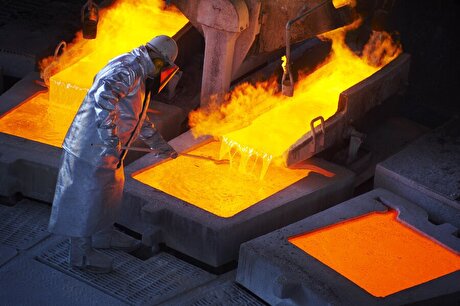
Viewpoint: CPC, BTC demand to stay firm
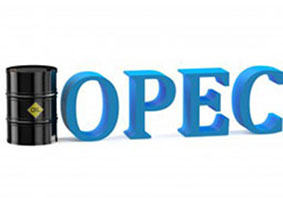
CPC Blend demand will be firm from buyers in Asia-Pacific, which will work to counter falling demand in Europe where the grade has been partially displaced by US light sweet crude, such as WTI.
Europe is still the main destination for CPC Blend, but the amount heading to that region fell by nearly 10pc year on year while exports to other regions rose by almost 30pc in the first 11 months of 2019. Buyers in Asia-Pacific purchased an average of 336,000 b/d of CPC Blend in January-November 2019, up by 25pc compared with the same period a year earlier.
South Korean refiners, the key buyers of CPC Blend in Asia-Pacific, will probably retain the naphtha-rich grade in their slates. China, which emerged as a regular CPC Blend buyer in 2019, will probably continue purchases at least until it resolves its trade dispute with the US.
In Europe, however, the rise in freight rates last year, caused in part by US sanctions on Chinese shipowners, have demonstrated freight advantages of CPC Blend for European buyers over US and west African alternatives.
The global transition to a 0.5pc sulphur cap for marine fuel, in rules imposed by the International Maritime Organisation (IMO), will help underpin demand for middle-distillate rich BTC Blend this year. The grade's values were underpinned in the run-up to the 1 January imposition of the cap, as refiners adjusted their slates to produce compliant fuel. BTC Blend traded at robust premiums to North Sea Dated above $4/bl between mid-October and mid-December, and reached an all-time high of $5.95/bl premium to the benchmark in mid-November.
Buying interest for BTC Blend will also be underpinned by its reliability, when compared with countries that produce similar-quality crudes like Libya and Nigeria.
The outlook for Russian export blend Urals crude is mixed for 2020. Values for sour crude, including medium sour Urals, could be pressured by the IMO rules. Urals' sulphur content could rise, according to pipeline operator Transneft. In the Baltic Sea, Urals loading from Primorsk could have a 1.6pc sulphur content, up from an average of 1.58pc in 2019, and to 1.73-1.75pc in Ust-Luga, up from an average of 1.63pc. At Novorossiysk on the Black Sea, sulphur levels in Urals could rise to 1.6pc from 1.46pc.
On the other hand, Urals will benefit from the extension of the Opec and non-Opec production cuts through to the end of the first quarter of 2020, which will contribute to lower overall global sour crude supply.
By Roman Osharov


Trump weighs using $2 billion in CHIPS Act funding for critical minerals

Codelco cuts 2025 copper forecast after El Teniente mine collapse

Electra converts debt, launches $30M raise to jumpstart stalled cobalt refinery

Barrick’s Reko Diq in line for $410M ADB backing

Abcourt readies Sleeping Giant mill to pour first gold since 2014

Nevada army depot to serve as base for first US strategic minerals stockpile

SQM boosts lithium supply plans as prices flick higher

Viridis unveils 200Mt initial reserve for Brazil rare earth project
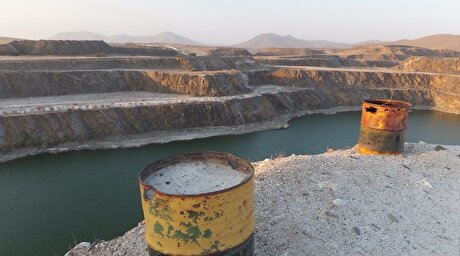
Tailings could meet much of US critical mineral demand – study
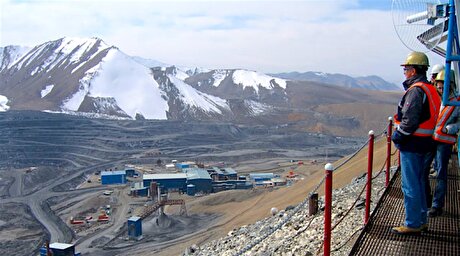
Kyrgyzstan kicks off underground gold mining at Kumtor
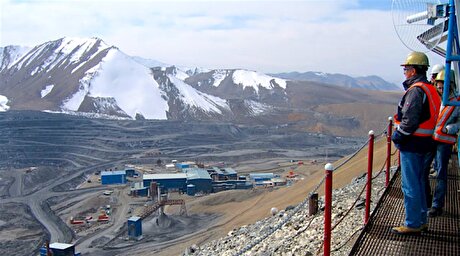
Kyrgyzstan kicks off underground gold mining at Kumtor
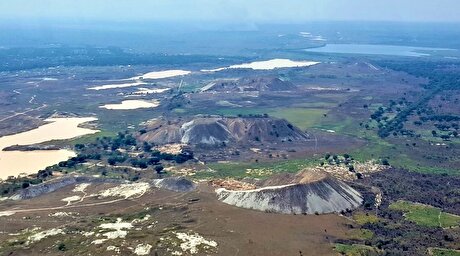
KoBold Metals granted lithium exploration rights in Congo
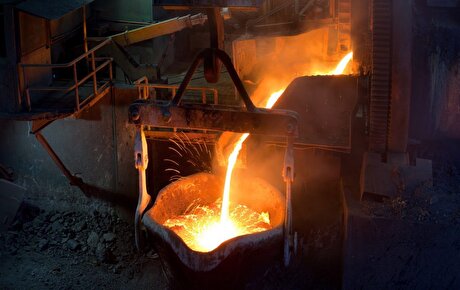
Freeport Indonesia to wrap up Gresik plant repairs by early September
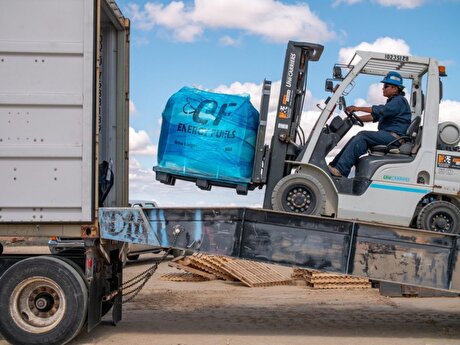
Energy Fuels soars on Vulcan Elements partnership
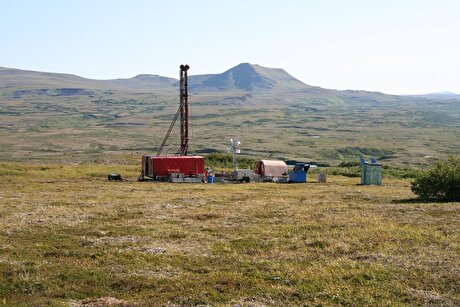
Northern Dynasty sticks to proposal in battle to lift Pebble mine veto
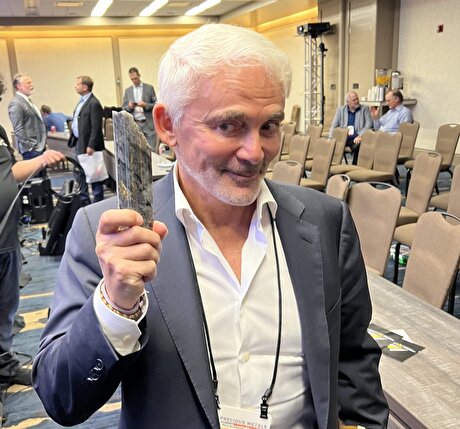
Giustra-backed mining firm teams up with informal miners in Colombia
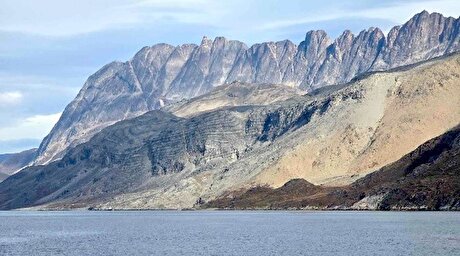
Critical Metals signs agreement to supply rare earth to US government-funded facility

China extends rare earth controls to imported material
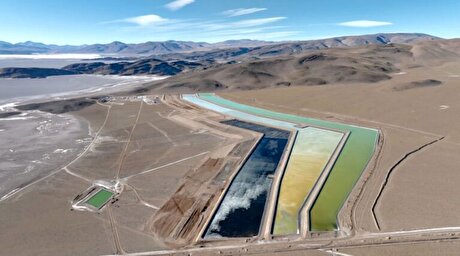
Galan Lithium proceeds with $13M financing for Argentina project

Kyrgyzstan kicks off underground gold mining at Kumtor

Freeport Indonesia to wrap up Gresik plant repairs by early September

Energy Fuels soars on Vulcan Elements partnership

Northern Dynasty sticks to proposal in battle to lift Pebble mine veto

Giustra-backed mining firm teams up with informal miners in Colombia

Critical Metals signs agreement to supply rare earth to US government-funded facility

China extends rare earth controls to imported material

Galan Lithium proceeds with $13M financing for Argentina project
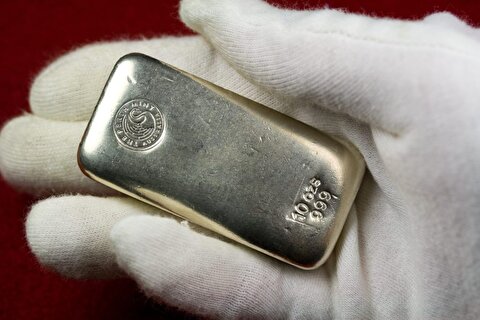
Silver price touches $39 as market weighs rate cut outlook

